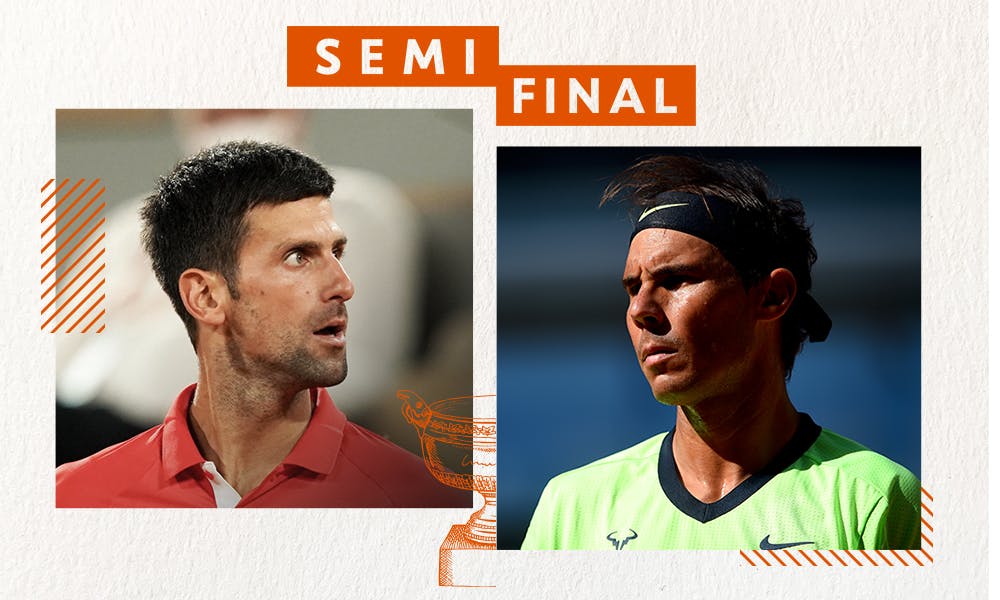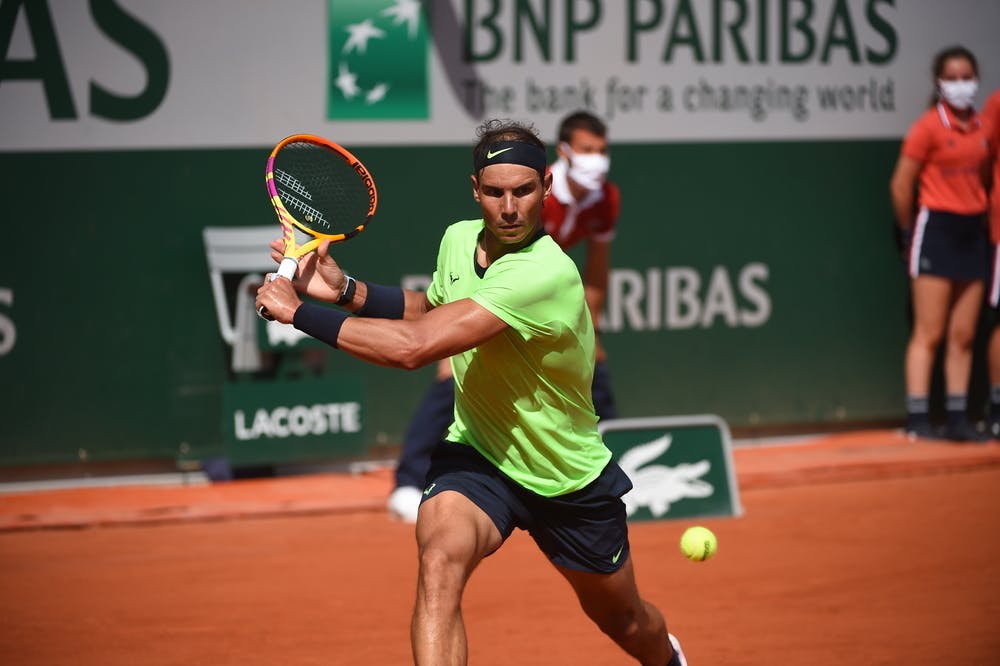The drop shot can be a key factor
On clay, the drop shot is the perfect weapon, not only a shot to win a point outright but also one to plant a seed in the opponent’s mind that it’s possible at any time.
Nadal, who used it eight times in his win over Diego Schwartzman, tends to play them only when he’s well inside the court, and usually on the forehand side.
Djokovic probably has more disguise and almost always plays it on the backhand, down the line. But coach and Tennis Channel analyst Paul Annacone said Djokovic, who hit 15 drop shots against Matteo Berrettini, must not repeat his mistakes from last year’s final.
“It was a little confusing at the beginning,” he said. “He hit a million drop shots at first. I don't know what he was doing. To me, that just means maybe he wasn't as confident as he should have been.”
 ROLAND-GARROS
18 May - 7 June 2026
ROLAND-GARROS
18 May - 7 June 2026



